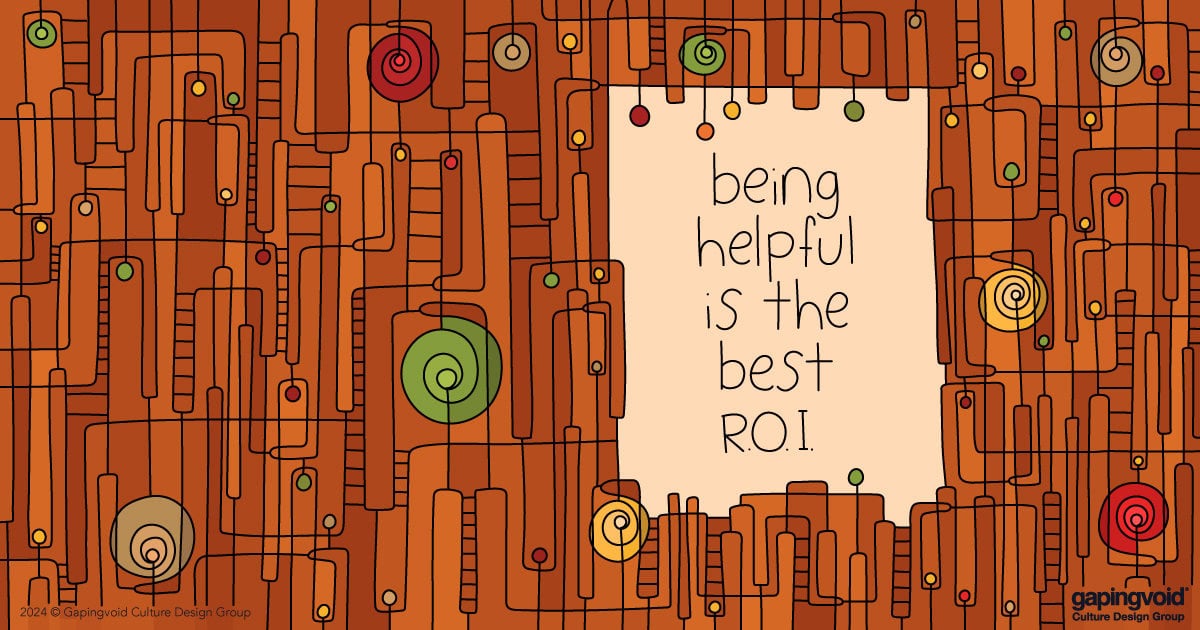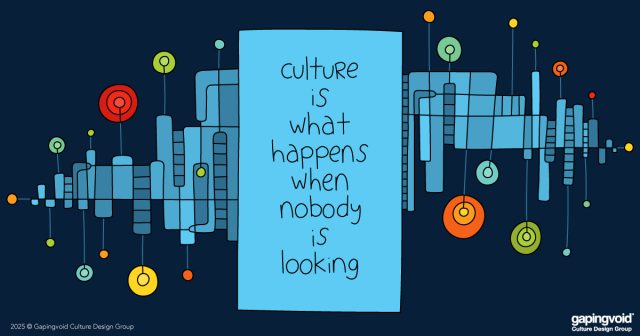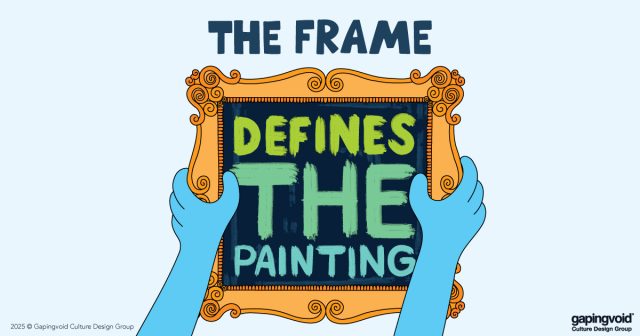
Here in the US, when we hear “Michelin”, gold stars in haute cuisine and Michelin-Star restaurants come to mind.
But Michelin is not a food company, it’s a tire company that got its start in the 1890s.
In 1926, to get more people driving and wearing out their tires quicker, they came up with the Michelin Guide- restaurants that were so good, they were worth taking a long drive to get to. 1-Star meant it was worth the drive. 2-Stars meant it was worth taking an inconvenient detour on your trip just to dine there. 3-Stars meant it was worth planning an entire trip around.
Back then, automobiles were still so expensive that they belonged to the same rarified demographic that could afford to eat in Michelin-starred restaurants. It was a natural fit.
It wasn’t designed to advertise tires. It was about building associations. For the price of a little book that fit inside a jacket pocket, it kept the Michelin brand top of mind among the fancy folk who liked fine dining. It associated Michelin not with industrialized rubber, but with high-end living. “People who eat here, drive here on Michelin tires.”
A century later, the Michelin Guide is still going strong. Three-Michelin stars is still the top of the pyramid in the restaurant game. Michelin tires are still a global leader in their niche. Happy ending.
Can you imagine how much advertising they would have needed to generate a similar increase in tire sales? A couple of orders of magnitude more, at least.
In 1981, Butterball, the largest purveyor of whole 20-pound turkeys in the country, had a similar idea, when they realized the biggest barrier to people buying their turkeys was not knowing how to cook a turkey properly. They weren’t buying turkeys because they were afraid of ruining Thanksgiving dinner.
So to make cooking turkeys easier and less daunting, they set up the Butterball Turkey Talk-Line at 1-800-BUTTERRBALL. Every November and December, anyone, even those who haven’t purchased one of their turkeys, can call them up and an army of 10,000 highly trained call-center experts will answer any questions they might have. In their first year, they helped out 11,000 people. Last year, 100K people did the same, 10K on Thanksgiving day alone. You can even text them now too. Again, this is not just an ad for turkeys, it’s a way of associating their brand with helping people at an important time of year.
Here’s what both companies understood: success isn’t about selling. It’s about serving. Being helpful to customers, without demanding anything in return. They’re not trying to make sales, they’re trying to make friends.
Sure, it’s marketing at the end of the day, but the magic is that it doesn’t feel that way. And that’s the genius.
Leaders often talk about building cultures of connection inside their companies, but why stop there? How might you take that culture and shift it externally? What the greatest organizations understand is that culture is external just as much as it is internal, and connection can be universal.
Butterball and Michelin alike created cultures where empathy wasn’t just encouraged – it was rewarded. They focused on solving real human problems over quarterly numbers, and it’s paid off.
What if we all led that way?
The counterintuitive truth that most miss is when we stop obsessing over results and start genuinely caring about people, we get better results than we ever imagined.
Funny how that works.



